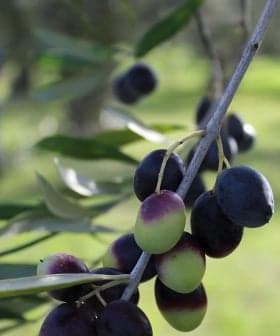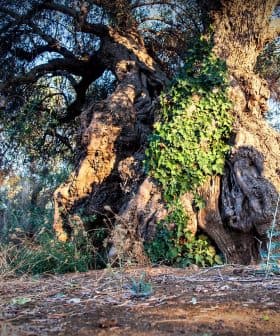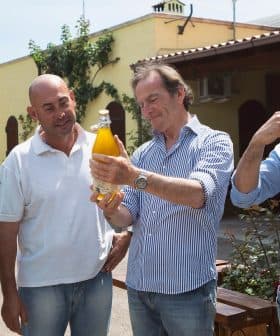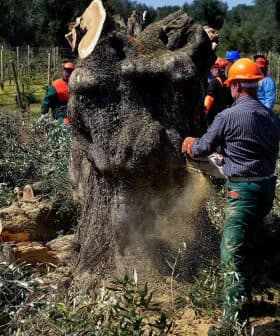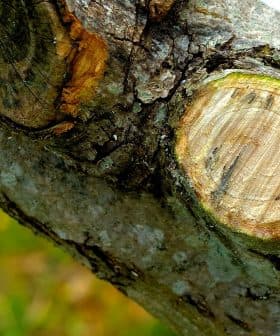Researcher Calls for Greater Vigilance to Stop Killer Disease Ravaging Groves in Puglia
Xylella fastidiosa is a bacterium causing Olive Quick Decline Syndrome and is currently affecting crops in Italy and Corsica, leading to concerns about potential spread to other European territories. Plant pathologist Giovanni Martelli emphasizes the need for interception measures to prevent the introduction of Xylella to Spain and other olive production areas in Europe, highlighting the importance of vigilance and monitoring for early detection.
Xylella fastidiosa is a bacterium causing the Olive Quick Decline Syndrome and can affect other crops vital to various agricultural sectors across Europe, hence huge concern around EU countries about the potential consequences of the disease spreading to other territories and plants.
There are currently several outbreaks in Italy with Puglia being battered by the disease and on the French island of Corsica in the Mediterranean.
The whole of Europe is at risk of Xylella introduction if measures of interception are not taken.
When we asked for comments about the risks of Xylella fastidiosa spreading to Spain and elsewhere in European olive production areas, plant pathologist and olive disease expert Giovanni Martelli from the University of Bari said he “would need a crystal ball” to know all the answers, urging vigilance is key at all times.
“The whole of Europe is at risk of Xylella introduction (the epidemics in Puglia and Corsica prove it) if measures of interception of all plant material imported from Central America are not taken,” he said.
“It is unlikely or hard to say that there is a possibility that Xylella that has hit the olive trees in Puglia has the chance to reach Spain.
“We are trying to stop the progress of the disease, not necessarily with the thought for Spain or other oil producer countries, but mainly because we are preoccupied with the olive oil industry in the rest of Italy.”
Martelli said that currently Xylella is concentrated in the southern part of the peninsula of Salento in Puglia, with the infection scattered around several different olive groves.
The estimated amount of land this involves is 100,000 hectares, consisting of around one million trees.
Since the crisis has deepened over recent months, Italian authorities and the European Commission have been monitoring the disease closely and there have been several obligatory culls to eradicate diseased trees, much to the dismay of local olive farmers.
No infections have been detected elsewhere in Italy, however overseas it has been reported in the Americas, Iran and Taiwan.
Just last week the European Commission criticized Italy for not doing enough to contain Xylella, claiming authorities were not implementing “all commitments on eradication, containment and surveillance of Xylella.”
Martelli pointed out that Spain has excellent research centers in Catalonia and Andalusia that can diagnose Xylella presence and act swiftly to prevent the spread of the infection.
“That’s why, I repeat how important it is to keep your eyes open and supervise any suspected manifestation which could appear on olive trees or on any other species,” Martelli added.



